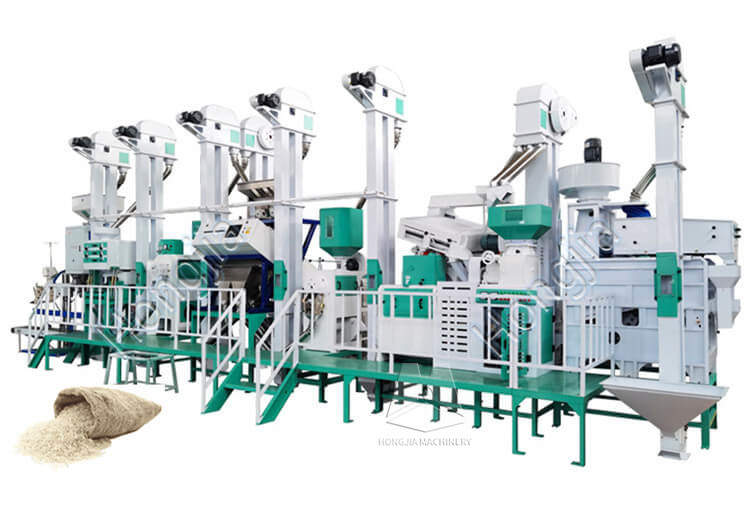Between 2023 and 2033, the global rice mill machine market is anticipated to witness gradual yet consistent growth, with a projected compound annual growth rate (CAGR) of 4.0%. Market valuation is expected to climb from USD 192.1 million in 2023 to USD 284.4 million by 2033.
According to insights from Future Market Insights (FMI), this market trajectory is underpinned by escalating demand for rice and the imperative for enhanced production efficiency. Rice mill machines play a vital role in processing raw rice into white rice, facilitating the removal of chaff, husk, and bran to ensure the elimination of impurities.
The market predominantly features two distinct types of rice mill machines: grind and fraction-type or pressure-type. Grind machines, designed for high-speed operation, excel in environments requiring elevated output and minimal rice breakage. Conversely, fraction-type or pressure machines rely on iron rollers to create the necessary friction for milling brown rice into white rice.
Get Exclusive Sample Copy of the Report: https://www.futuremarketinsights.com/reports/sample/rep-gb-16542
Growth Factors
Rice holds a significant position in global calorie intake, with estimates suggesting it contributes to over 16% of the world’s total calories. Furthermore, approximately 3.5 billion individuals worldwide rely on rice as a staple food, a number projected to surge by roughly 25% by the year 2050. Notably, rice production serves as a livelihood for approximately 20% of the global population.
However, consumption patterns are undergoing gradual shifts in various regions. Traditional rice-consuming countries like Japan, Vietnam, and Indonesia are witnessing a transition among younger generations towards alternative diets influenced by international cuisines. This shift is expected to lead to a decline in rice consumption in these nations over the coming years. Conversely, in African countries, increased accessibility and affordability of rice are driving a surge in consumption. Projections indicate that milled rice consumption in Africa is poised to soar to an impressive 34.9 million tons by the year 2025.
Regional Insights
Rice milling machine sales in the United States are anticipated to face challenges in recent years due to a decline in domestic rice production. The United States government’s inclination towards increasing rice imports to meet consumption demands further exacerbates this trend, leading to a dwindling demand for rice milling machines within the country.
Despite the forecast of reduced production in the 2022/2023 market year, India retains its position as the world’s second-largest producer of rice. This information, as outlined in a Grain and Feed Update by the United States Department of Agriculture’s Foreign Agricultural Service (FAS), underscores India’s significant role in the global rice industry. In addition to being home to major players, India boasts numerous small and medium-sized enterprises (SMEs) engaged in rice production.
Germany, on the other hand, hosts renowned rice mill machine manufacturers like Bühler GmbH and SCHULE Mühlenbau, known for their superior-quality products, competitive pricing, and exceptional customer service.
Given its status as the world’s most populous nation and the presence of a growing middle class, China presents lucrative opportunities for businesses operating in the rice mill machine market seeking to expand their market presence.
Get Full Report Now: https://www.futuremarketinsights.com/checkout/16542

Key Companies
- Zhengzhou Taizy Machinery Co., Ltd
- Taizy
- Flour Tech
- Rising Industries
- Mill Master Machinery Private Limited
- SATAKE
- Alvan Blanch Development Company
- Savco Sales
Rice Mill Machine Market by Category
By Product:
- Mini Rice Milling
- Tractor Operated Rice Milling
- Combined Rice Milling
By Motor Power:
- 3.5 HP
- 5 HP
- 7.5 HP
- 10 HP
By Application:
- Commercial
- Industrial (Agriculture)
By Mode of Operation:
- Semi-Automated
- Automated
By Region:
- North America
- Latin America
- Europe
- East Asia
- South Asia
- Oceania
- The Middle East & Africa
